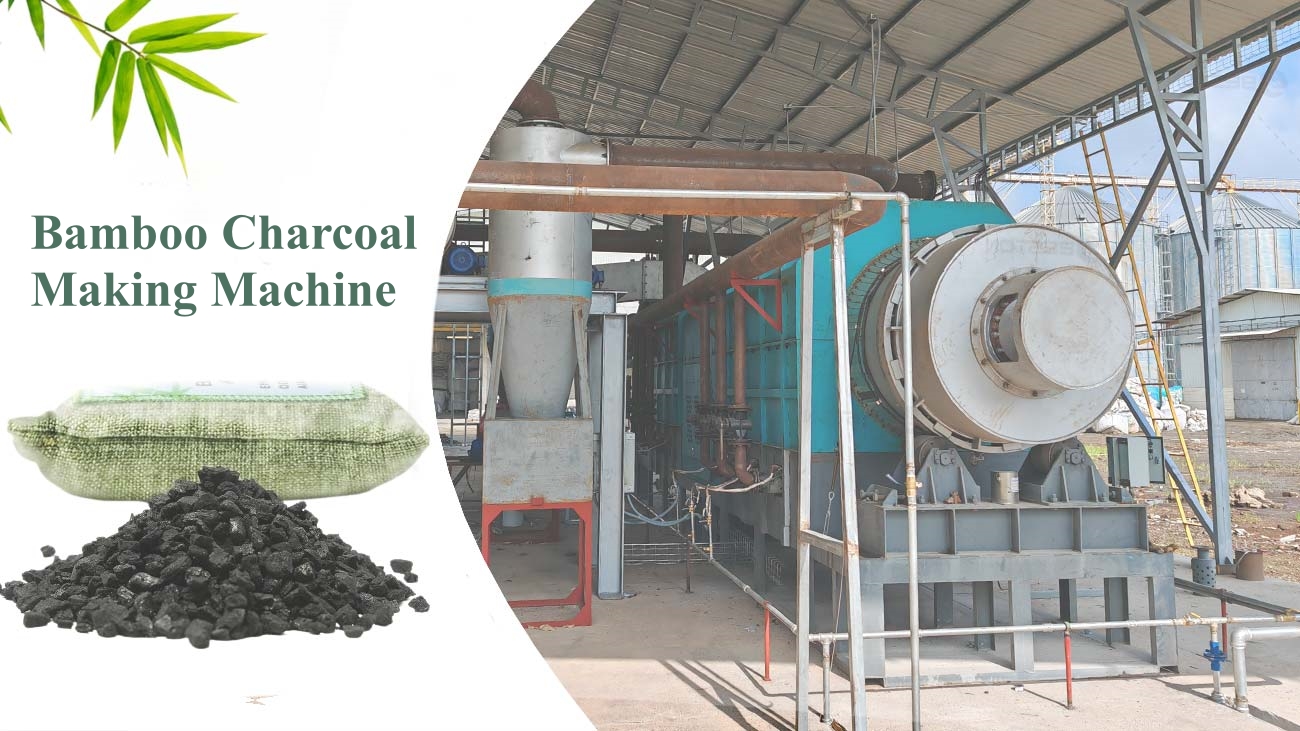Biochar has emerged as an environmentally friendly solution for improving soil health, managing agricultural waste, and reducing greenhouse gas emissions. The process of creating biochar involves heating organic materials under limited oxygen conditions — a method known as pyrolysis. Selecting suitable raw materials is crucial for achieving optimal yield and quality. This article explores some of the most acceptable and efficient materials used in biochar pyrolysis equipment and their characteristics.
Wood Waste As A Reliable Feedstock
Wood waste, such as sawdust, branches, and forest residues, is one of the most common and effective raw materials for biochar production. It has a high carbon content and low ash, which ensures a consistent and clean carbonization process. When processed through advanced pyrolysis systems, wood-derived biochar offers high porosity and great adsorption properties, making it valuable for agricultural and environmental applications. The moisture content of wood should ideally be below 15% to ensure efficient thermal conversion. Modern biochar pyrolysis equipment enhances energy efficiency and reduces emissions.

Rice Husk As An Agricultural Byproduct
Rice husk is a widely available agricultural residue and serves as a sustainable input for biochar production. It is particularly popular in regions with large rice cultivation. The use of a rice husk carbonizer allows for continuous and controlled carbonization, transforming waste into valuable carbon-based products. Rice husk biochar is rich in silica, making it an excellent soil conditioner. It improves aeration, retains nutrients, and enhances microbial activity in soil ecosystems. Moreover, using rice husks for biochar reduces open burning practices, contributing to cleaner air and more sustainable farming.
Bamboo As A Fast-Growing Biomass Source
Bamboo is another outstanding raw material due to its rapid growth rate and high lignocellulosic content. It can be carbonized efficiently using a bamboo charcoal machine. The resulting biochar has strong adsorption properties, which makes it useful in water filtration, deodorization, and industrial purification.
The lightweight and porous structure of bamboo biochar also makes it effective for soil amendment. It enhances nutrient retention and helps regulate moisture levels. Additionally, bamboo cultivation can restore degraded lands, creating a circular system that benefits both the environment and local economies.

Palm Shells And Other Nut Residues
Palm kernel shells, coconut shells, and other nut residues are dense and high in carbon, which makes them ideal for producing biochar with superior calorific value. A palm shell charcoal machine efficiently processes these materials into clean and energy-rich biochar.
Palm shell biochar has a strong and stable structure, which is suitable for industrial applications such as activated carbon production. It also supports energy recovery, as the byproducts from the pyrolysis process—such as syngas and bio-oil—can be used to power the system or generate electricity.
Agricultural And Forestry Residues
Apart from wood, bamboo, and rice husks, other agricultural and forestry residues can be processed into biochar. Corn cobs, sugarcane bagasse, coconut husks, and peanut shells are excellent examples. These materials help reduce agricultural waste while creating value-added products that can be reintegrated into farming systems.
Using residues also prevents environmental pollution associated with open burning or improper disposal. When processed through efficient biochar pyrolysis equipment, these raw materials can be turned into high-quality biochar that enhances soil fertility and supports carbon sequestration goals.
Benefits Of Choosing The Right Feedstock
The type of raw material directly affects the chemical composition, surface area, and adsorption capacity of the resulting biochar. For instance, woody materials yield biochar with higher carbon content, while agricultural residues may provide more minerals and nutrients.
Selecting the right feedstock based on the intended use—be it soil improvement, water purification, or energy production—is essential. Advanced technologies such as biochar pyrolysis equipment allow flexibility in processing different biomass types, optimizing yield and performance.
Conclusion: Sustainable Choices For A Carbon-Neutral Future
As the world moves toward sustainable and circular economic models, biochar production presents an opportunity to manage waste responsibly while creating long-term environmental benefits. Materials such as wood waste, rice husks, bamboo, and palm shells stand out as excellent candidates for efficient carbonization. With the help of advanced biochar pyrolysis machine, industries and farmers alike can turn organic waste into valuable resources, promoting both economic and ecological sustainability.

